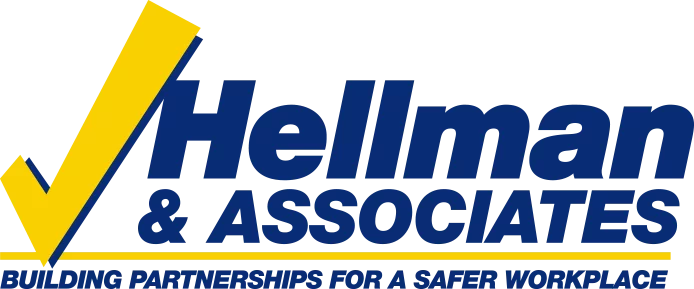Aerial and scissor lifts are both useful tools in elevating personnel to perform work at heights safely. Aerial lifts are those types of lifts with an extensible boom platform, including boom lifts, bucket trucks, etc. whereas scissor lifts are those that stay within the base platform and do not extend beyond that platform. If used correctly, both can be very useful, however if not used properly there is a risk of falls or other injuries to the user of the lift.
Training
Only trained and authorized personnel should operate an aerial or scissor lift. Trained individuals should recall specific procedures for electrical hazards, fall and falling object hazards, hazard recognition, correct operation procedures, proper vehicle inspection procedures, manufacturer requirements, and environmental hazards before operating an aerial or scissor lift.
Fall Protection
While both aerial and scissor lifts are equipped with guardrail systems, extensible boom-type aerial lifts require a personal fall arrest system (i.e. harness and lanyard) to be worn while working in the lift. Scissor lifts do not require personal fall arrest unless it is required by your employer/contractor.
While operating in a lift ensure that access gates are closed, and stand firmly on the floor of the lift platform. If the lift cannot reach the desired position, never climb or lean over the guardrails. In addition, the use of planks, ladders, or other devices as a working position is prohibited. If required for the type of lift, ensure personal fall arrest equipment is visually inspected and the lanyard is attached only to an approved tie off point located inside the lift.
Safe Operating Tips
When operating an aerial or scissor lift it is important to follow these key safety tips while traveling or loading:
- Perform a daily inspection on all equipment prior to use. Look for things such as emergency controls, guardrail systems, fluid levels, leaks, wheels, battery, lower-level controls, horn, gauges, lights, backup alarms, steering, brakes.
- Check the work area before using the lift for drop-offs, holes unstable surfaces, ceiling heights, slopes, debris, obstructions, overhead electrical power lines, overhead obstructions, weather conditions, and the proximity to the work performed.
- Do not exceed the load-capacity limits. This includes the weight of the worker weight, tools, and materials;
- Do not use the lifts as a crane under any circumstance;
- Do not drive with the lift platform raised unless specifically stated by the manufacturer;
- Only operate lower-level controls with permission from the worker(s) in the lift unless there is an emergency;
- Set outriggers on pads or on a level solid surface if equipment is designed with outriggers;
- Set up work zone warnings, signs, and cones when necessary;
- Avoid operation in high wind conditions; and
- Never override hydraulic, mechanical, or electrical safety devices.
